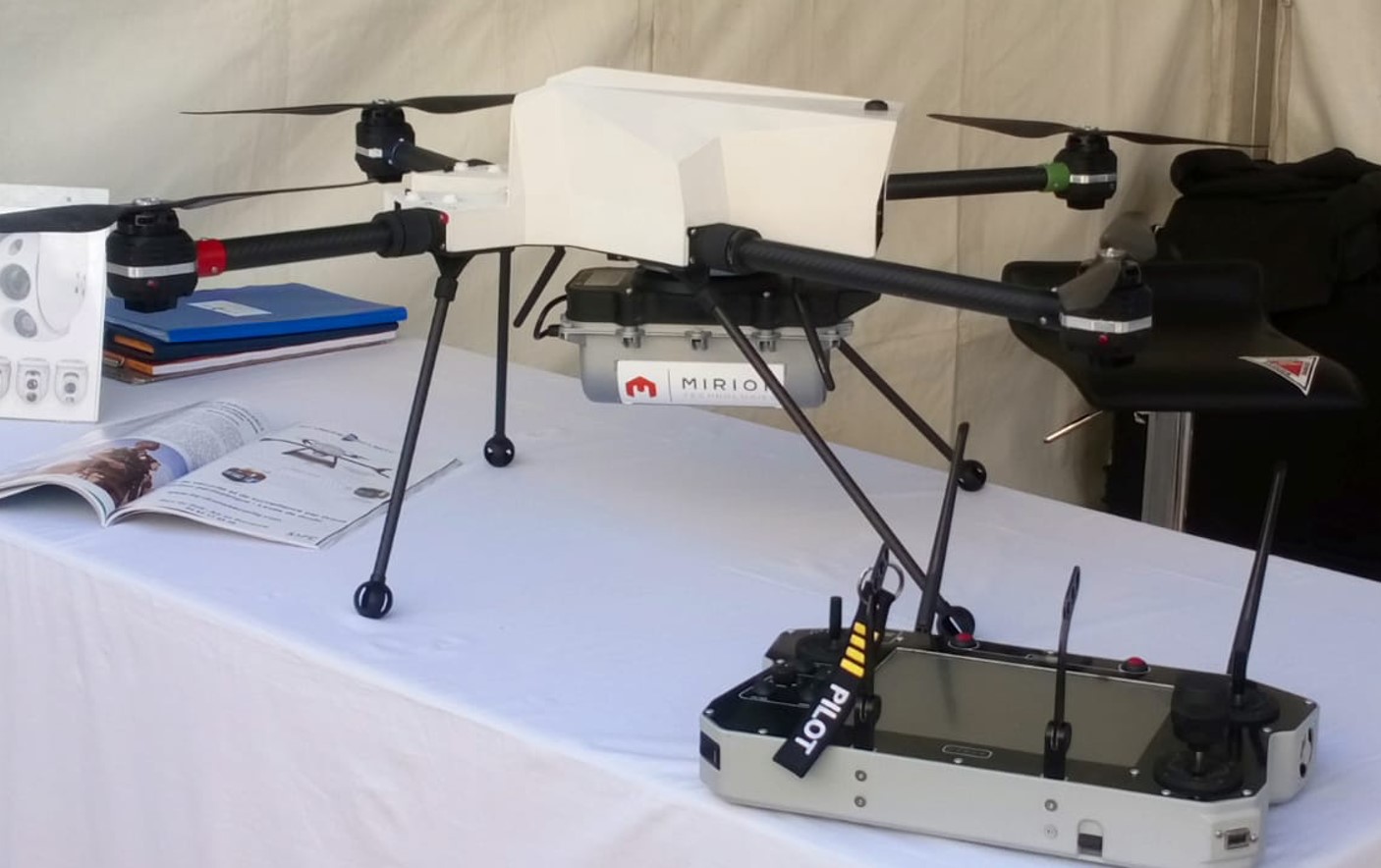


The Hawker Q800X integrates the light-weight MIRION Spir Explorer sensor to provide real time mapping for radiological detection, measurement and identification of nuclide. Applications : environmental surveys, military reconnaissance, Radiological Dispersal or Exposure Device (RDD or RED) detection, hospitals/industry fire hazards, nuclear power plant emergency response.
Related Product : HAWKER Q800X
Related Partner : MIRION

The TERRIFFIC project brings together 10 European organisations, working together to deliver an important step change in the effectiveness of first responders during the first hours of a Radiological, Nuclear, explosive (RNe) incident. This will lead to reduced response times, less health and safety risks for the response teams, and less human intervention in the operation due to a higher number of automated processes and extended mobile detection capabilities.
When a dirty bomb explodes, CBRNe (Chemical, Biological, Radiation and Nuclear) first responders need to know how large the radiation plume is and estimate how far and how quickly it will spread. The size of the bomb, the source of the radiation and the wind and weather are all factors that are used to determine this. The initial estimations, regularly updated by data fed back from mobile detectors into the plume modelling software are used to provide a more accurate and dynamically updated assessment of the contaminated area and the control zone. Responders are then able to use this data to decide on the appropriate size of the cordon and any buildings that may need to be evacuated. The overarching objective is, therefore, to collect and update this information much more quickly, whilst in parallel the responders prepare to intervene or indeed have already started to intervene.